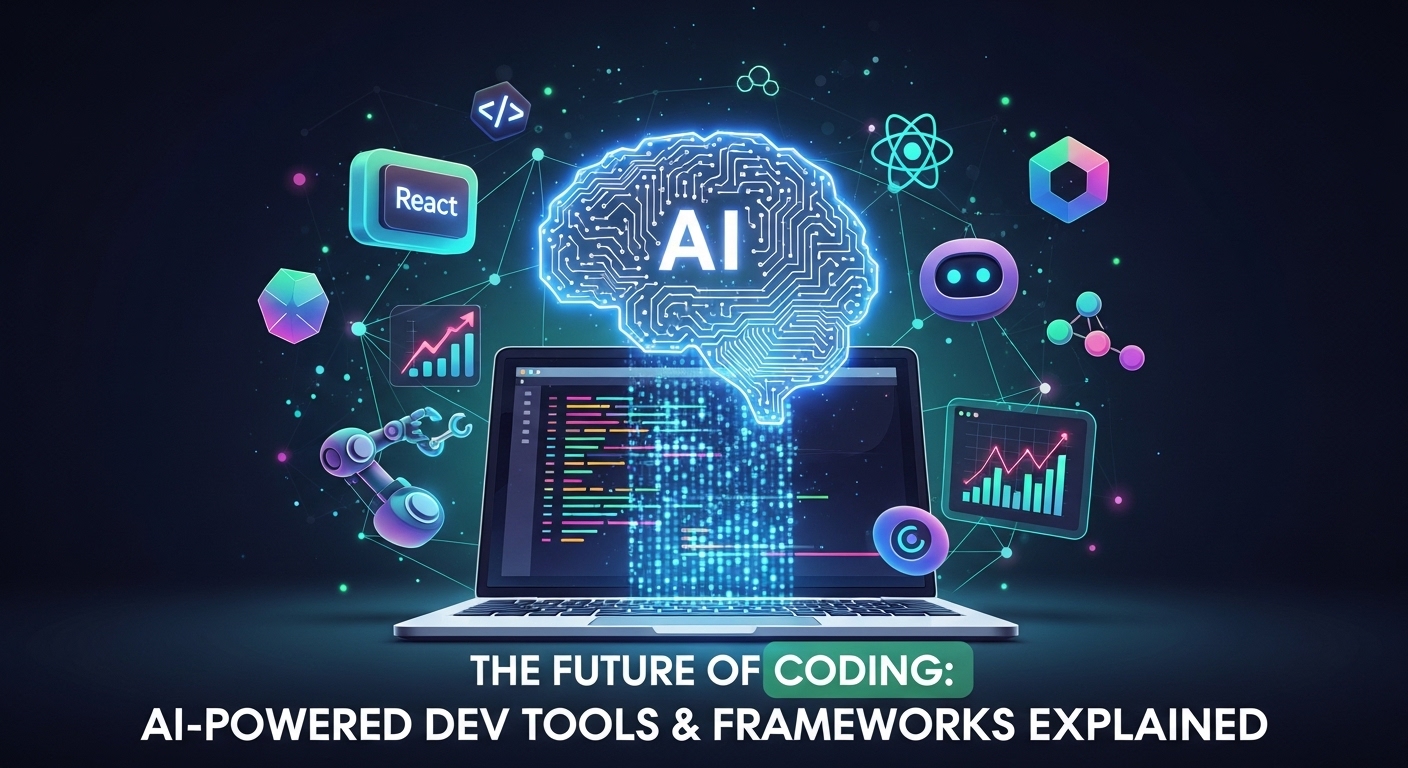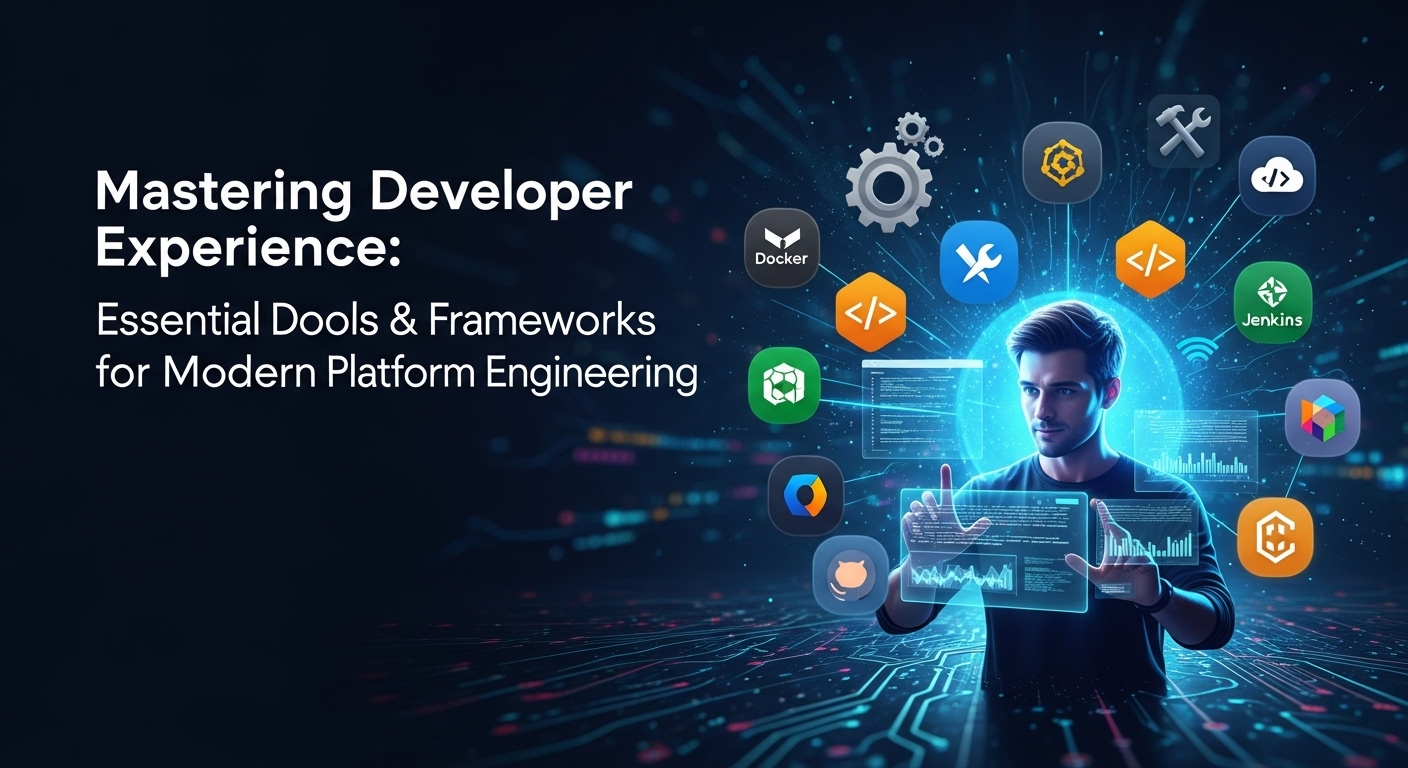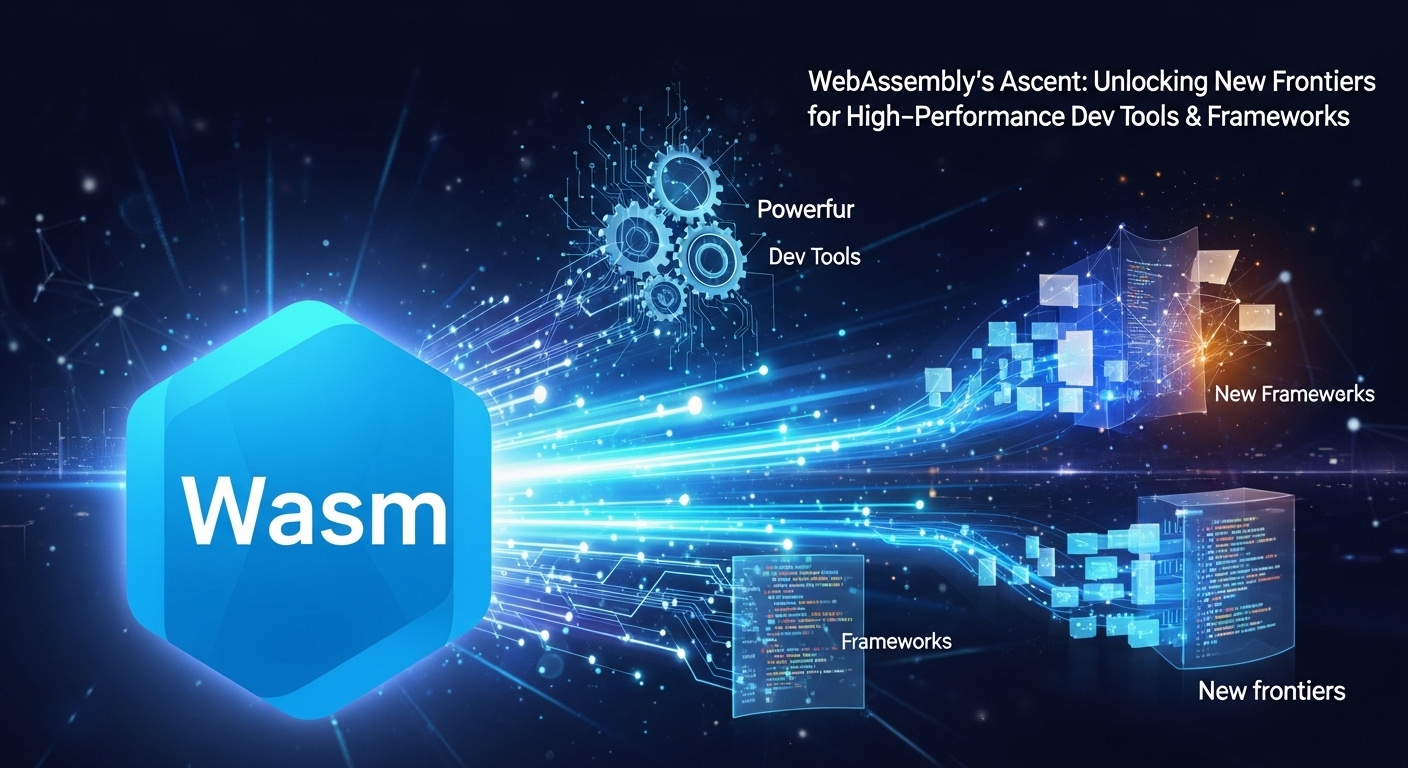The Dawn of a New Era in Software Development
For decades, the world of software development has been in a constant state of evolution. We’ve moved from assembly language to high-level programming, from monolithic architectures to microservices, and from manual deployments to sophisticated CI/CD pipelines. Each shift brought new efficiencies and capabilities. Today, we stand at the precipice of another monumental transformation, one driven by Artificial Intelligence. AI is no longer a futuristic concept; it’s actively reshaping the very fabric of how we build software, integrating deeply into our most trusted dev tools & frameworks. This isn’t just about faster autocompletion; it’s a paradigm shift that promises to augment developer creativity, streamline workflows, and solve problems in ways we’re only beginning to understand.
If you’re a developer, engineer, or tech lead, you’ve likely already encountered AI in some form, perhaps through a code suggestion or a smart linter. But the revolution runs much deeper. This article will explore the profound impact of AI on modern development, examining the tools leading the charge and how they interact with the frameworks you use every day. Get ready to meet your new AI-powered pair programmer.
What Exactly Are AI-Powered Dev Tools?
At its core, an AI-powered development tool is a piece of software that leverages machine learning (ML), particularly large language models (LLMs), to assist developers throughout the software development lifecycle. These tools go far beyond the traditional, rule-based assistance we’re used to. They understand context, learn from vast datasets of code, and can generate, refactor, and even debug code with a surprising degree of sophistication.
From Syntax Highlighting to Intelligent Code Generation
Let’s consider the evolution. Traditional dev tools focused on syntax highlighting, basic linting, and method signature autocompletion. They were helpful but fundamentally passive; they understood the language’s grammar but not the developer’s intent. AI-powered tools are different. They are active collaborators.
- Context-Aware Suggestions: Instead of just suggesting the next possible method, an AI tool like GitHub Copilot can analyze the surrounding code, comments, and even other files in your project to suggest entire blocks of code that logically follow your intent.
- Natural Language to Code: A key innovation is the ability to translate human language into functional code. A developer can write a comment like, “// function to fetch user data from an API and parse the JSON,” and the AI tool can generate the complete function, including error handling.
- Boilerplate Reduction: Every developer spends time writing repetitive boilerplate code. AI tools excel at identifying these patterns and generating them instantly, freeing up developers to focus on unique business logic.
The Core Technologies: LLMs and Machine Learning
The magic behind these new capabilities lies in Large Language Models (LLMs) like OpenAI’s Codex (the model behind the original GitHub Copilot) and Google’s PaLM 2. These models have been trained on billions of lines of code from public repositories like GitHub. This massive training dataset allows them to understand not just the syntax of dozens of programming languages but also common patterns, best practices, and idiomatic ways of solving problems. They learn the relationships between code, comments, and documentation, enabling them to act as a knowledgeable, albeit digital, partner in the coding process.
The Impact on Modern Development Frameworks
AI tools don’t operate in a vacuum. Their true power is unleashed when they are integrated into workflows built around popular dev tools & frameworks. Instead of replacing frameworks, AI enhances them, making developers more productive and effective within these established ecosystems.
Enhancing React and Vue Development
Frontend development, with its focus on component-based architecture, is a prime area for AI assistance. When working with frameworks like React or Vue, AI tools can:
- Scaffold Components: Write a simple comment describing a new React component, and an AI tool can generate the JSX structure, state management hooks (like `useState` or `useEffect`), and prop definitions.
- Write Unit Tests: Testing can be tedious. AI tools can analyze a component and generate corresponding tests using frameworks like Jest and React Testing Library, ensuring better code coverage with less manual effort.
- Translate Designs to Code: Emerging tools are even beginning to translate design mockups from tools like Figma directly into functional React or Vue components, bridging the gap between design and development.
Supercharging Backend Frameworks like Node.js and Django
On the backend, the complexity often lies in data handling, API design, and business logic. AI tools provide a significant boost for developers using frameworks like Express.js (Node.js) or Django (Python).
- API Endpoint Generation: Describe the desired functionality of an API endpoint, and AI can generate the route handler, request validation logic, and database interaction code.
- Database Query Optimization: AI can suggest more efficient SQL or NoSQL queries, help write complex data aggregations, and even generate entire data models or schemas based on a high-level description.
- Security Vulnerability Detection: Some AI tools are specifically trained to identify common security flaws, such as SQL injection or cross-site scripting (XSS), directly within the IDE as you code.
Top AI-Powered Dev Tools You Should Know
The market for AI developer tools is exploding. While many new players are emerging, a few have already established themselves as essential parts of the modern developer’s toolkit.
GitHub Copilot: Your AI Pair Programmer
Arguably the most well-known AI coding assistant, GitHub Copilot integrates directly into popular editors like VS Code. It provides real-time, context-aware code suggestions, from single lines to entire functions. Its ‘Copilot Chat’ feature allows developers to ask questions, debug code, and get explanations in a conversational interface, making it a powerful learning and problem-solving tool.
Tabnine: The Enterprise-Ready AI Assistant
Tabnine positions itself as the AI assistant for development teams, with a strong focus on privacy and personalization. It can be trained on a company’s private codebases, allowing it to learn internal APIs and coding conventions. This makes its suggestions highly relevant to the specific project and organization, all while ensuring the code never leaves the company’s secure environment.
Amazon CodeWhisperer: Secure Coding from AWS
Included with AWS, CodeWhisperer is an AI coding companion that places a heavy emphasis on security. As it generates code suggestions, it also scans for potential security vulnerabilities. Furthermore, it can reference the source of its suggestions, helping teams ensure they are complying with open-source licensing requirements—a critical feature for enterprise development.
Beyond Code Generation: The Broader AI Toolset
The influence of AI extends beyond just writing code. It’s becoming an integral part of the entire development lifecycle, improving everything from testing to documentation.
Automated Testing and Debugging
AI is making debugging less of a headache. Tools can now analyze stack traces and error messages to suggest potential fixes. AI-powered testing tools can automatically generate test cases that cover edge cases a human might miss, leading to more robust and reliable applications. They can predict which parts of the code are most likely to contain bugs based on historical data and code churn.
Intelligent Project Management and Documentation
The tedious work of documentation is also being transformed. AI can automatically generate documentation for functions and APIs based on the code itself. In project management, AI tools can summarize complex pull requests, analyze team productivity, and even help plan sprints by estimating the effort required for certain tasks. This frees up valuable time for developers and managers to focus on strategic initiatives.
Conclusion: Embrace the AI Revolution in Your Workflow
The integration of AI into dev tools & frameworks is not a passing trend; it’s the next logical step in the evolution of software engineering. These tools are not here to replace developers but to augment them. By handling the repetitive, the mundane, and the boilerplate, AI frees up human developers to focus on what they do best: creative problem-solving, system architecture, and building innovative user experiences. The future of development is collaborative, a powerful synergy between human ingenuity and artificial intelligence. The question is no longer *if* you should adopt these tools, but *how* quickly you can integrate them to build better software, faster. What are your favorite AI-powered tools? Share your experiences and thoughts in the comments below!


